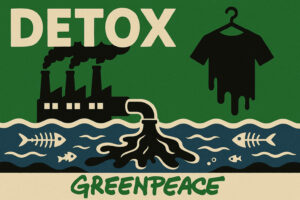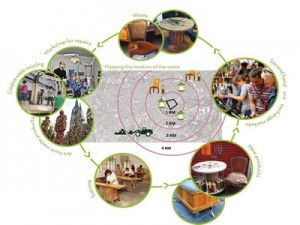Detox in the textile industry – real progress or Potemkin villages?
 Detox is an initiative started by the environmental activist organization Greenpeace to eliminate the discharge of hazardous chemicals from the effluents of textile processing houses by the year 2020. The NGO challenges global fashion brands who source from suppliers that allegedly pollute the environment.
Detox is an initiative started by the environmental activist organization Greenpeace to eliminate the discharge of hazardous chemicals from the effluents of textile processing houses by the year 2020. The NGO challenges global fashion brands who source from suppliers that allegedly pollute the environment.
In part 1 of this article we looked at Greenpeace´s assessment criteria. In part 2 we cast light on the progress of the Detox campaign in the textile industry, specifically at the progress of Detox at the fashion brands who have received credit for good progress in Detox: H&M, Benetton and Zara (Inditex).
The H&M case
The credit is understood in the light of the assessment criteria of Greenpeace. H&M, the fast-fashion clothing brand, looks more advanced than many of his peers, but even in their case a closer analysis shows the slow progress of the Detox campaign in the textile industry, opposite highly ambitious targets, when it comes to real implementation.
To read the full article, please login. The full content of this article and all premium articles is available exclusively for site members.
Site membership is free. If you are an existing user, please login. New users may register below.



